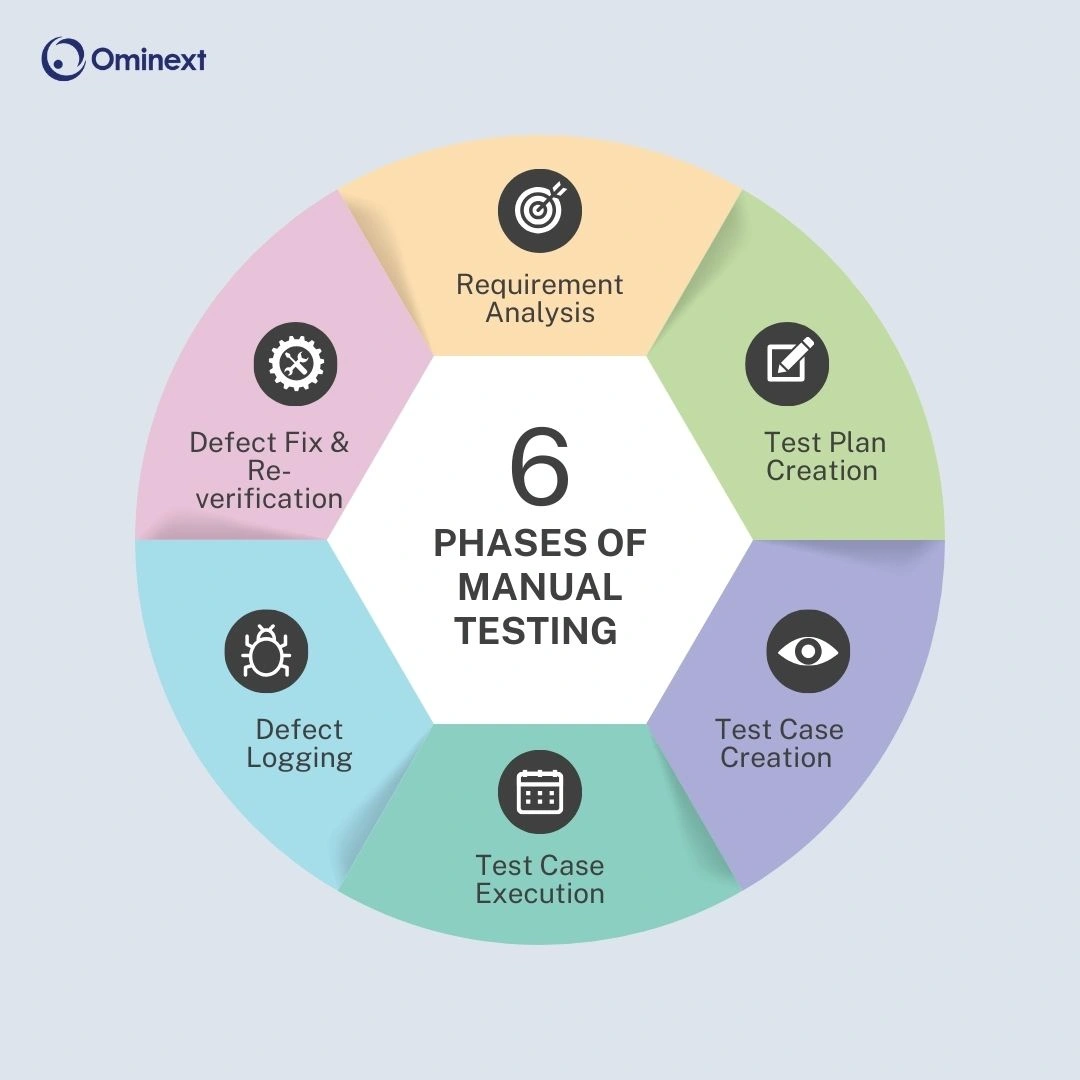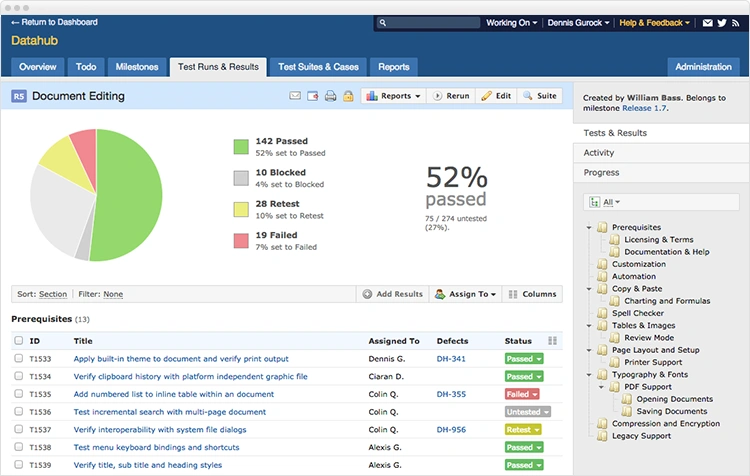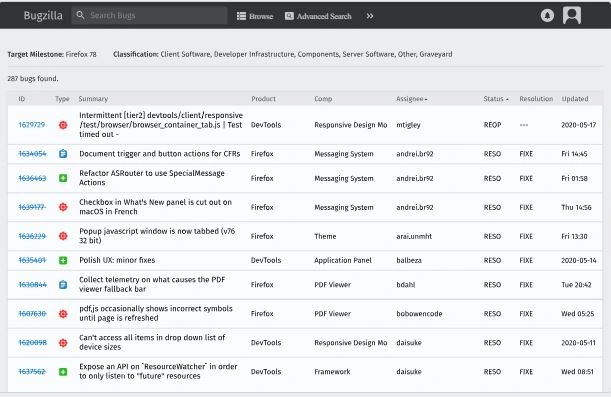A Complete Guide to Manual Software Testing
When it comes to software development, quality assurance (QA) is essential. Every product, from complex EMR systems to integrated check-in apps, needs proper testing to ensure software products meet user expectations and function reliably. Among the QA methods, manual testing stands out for its hands-on approach to identifying and fixing defects. While automation is gaining popularity, manual testing remains invaluable for its flexibility, adaptability, and deep insights into user experience.
This guide deepens into manual software testing, exploring its purpose, techniques, tools, and challenges.
I. What Is Manual Software Testing?
Manual software testing is the process where testers manually execute test cases without using automation tools. Unlike automated testing, manual testing requires the tester to execute each step, examine the outputs, and document results.
This hands-on approach is especially beneficial in identifying usability and interface issues, which automated tests often overlook.
Manual testing is essential across various stages of the software development lifecycle (SDLC), especially during the early stages when software functionality is changing. It ensures a foundational level of quality, verifies that the system behaves as expected, and allows testers to provide actionable feedback based on real-world usage.
Manual vs. Automated Testing
While automated testing saves time and is highly effective for repetitive and complex tasks, manual testing excels in situations that demand critical thinking, adaptability, and subjective judgment. Here’s a quick comparison:
- Manual Testing: Best for exploratory, ad-hoc, and user acceptance testing. Effective for uncovering visual and usability issues.
- Automated Testing: Ideal for regression testing, performance testing, and other repetitive tasks where scripts can run continuously without human intervention.
II. Why is Manual Testing still necessary?
While automation testing has become a powerful tool in the software development process, manual testing remains an indispensable component for ensuring the quality and reliability of software applications. Here are some aspects of why manual testing is still crucial:
1. Subjective Aspects
- User Experience (UX): Manual testing allows testers to assess the overall user experience, including factors like intuitiveness, aesthetics, and emotional response. Automation struggles to replicate the nuances of human perception.
- Aesthetics: The visual appeal of a software interface is subjective and can vary across individuals. Manual testing enables testers to identify any visual inconsistencies or design flaws that might impact the user experience.
2. Exploratory Testing
- Unpredictable User Behavior: Real users often interact with software in unexpected ways. Manual testing allows testers to explore different paths and scenarios that automated test cases may not cover.
- Creative Problem-Solving: Human testers can think creatively and adapt to changing circumstances, leading to the discovery of hidden bugs and usability issues.
3. Complex Scenarios
- Real-World Simulations: Many software applications involve intricate interactions with external systems or databases. Manual testing can simulate these complex scenarios more accurately than automated tests, which often rely on simplified assumptions.
- Edge Cases: Identifying and testing edge cases, or unusual conditions that might lead to unexpected behavior, requires human judgment and intuition.
4. Early-Stage Development
- Rapid Prototyping: In the early stages of development, when the software is still evolving rapidly, manual testing is often more efficient than setting up a comprehensive automation framework.
- Agile Methodologies: Agile development practices prioritize frequent iterations and rapid feedback. Manual testing can quickly validate new features and identify issues early in the development cycle.
5. Security Testing
- Evolving Threats: Cyber threats are constantly evolving, and automated tools may not always be able to keep up with the latest tactics. Human testers can bring their knowledge of security vulnerabilities and attack techniques to identify potential weaknesses.
- Social Engineering: Testing for social engineering vulnerabilities, such as phishing attacks or unauthorized access, often requires human interaction and psychological understanding.
III. Phases of Manual Testing
Manual testing is a crucial process in software development, ensuring the quality and functionality of an application. It involves a series of steps, each contributing to the overall success of the testing process.

Step 1: Requirement Analysis
The first step is thoroughly understanding the software requirements specification (SRS) document. This document outlines the product's intended functionality, features, and performance expectations. By analyzing the requirements, testers can identify specific areas that need to be tested.
Step 2: Test Plan Creation
Once the requirements are understood, a comprehensive test plan is created. This plan defines the overall testing strategy, including test objectives, test scenarios, resource allocation, and risk assessment. The test plan serves as a roadmap for the entire testing process.
Step 3: Test Case Creation
Detailed test cases are designed based on the test plan. These test cases outline the specific steps to be followed, expected results, and potential test data. By creating well-structured test cases, testers can systematically execute tests and identify defects.
Step 4: Test Case Execution
The test cases are executed in a controlled environment, comparing the actual results with the expected results. Any deviations from the expected behavior are documented as defects. Testers meticulously record the test results to track the progress of the testing process.
Step 5: Defect Logging
When a defect is identified, it is logged in a defect tracking system. The defect report should include a clear description of the issue, steps to reproduce the defect, and any relevant screenshots or error logs. Accurate and detailed defect reports help developers understand and fix the issue efficiently.
Step 6: Defect Fix & Re-verification
Once a defect is fixed by the development team, the tester re-executes the affected test cases to verify that the issue has been resolved. Additionally, regression testing is performed to ensure that the fix has not introduced new defects.
IV. Manual Testing Tools
While manual testing is a human-driven process, effective tools can significantly enhance efficiency and organization. Here are three popular tools used in manual testing:
#JIRA
Primarily known as a project management tool, JIRA is also widely used for issue tracking, including software defects. Its flexibility allows teams to customize workflows, assign tasks, and track progress. Key features for manual testing include:
.webp)
- Issue Tracking: Create, prioritize, and assign bugs, tasks, and other issues.
- Customizable Workflows: Tailor workflows to specific testing processes.
- Integration with Other Tools: Seamlessly integrate with other tools like TestRail and automation frameworks.
#TestRail
Specifically designed for test management, TestRail focuses on organizing and executing test cases, tracking test results, and generating comprehensive reports. Its key features include:

- Test Case Management: Create, organize, and prioritize test cases.
- Test Plan Management: Plan and execute test runs, track progress, and generate reports.
- Integration with Bug Tracking Tools: Integrate with tools like JIRA to link test cases to defects.
#Bugzilla
A dedicated bug-tracking tool, Bugzilla offers a robust system for reporting, tracking, and resolving software defects. Its key features include:

- Defect Tracking: Create, prioritize, and assign bugs.
- Email Notifications: Receive notifications for new bugs, comments, and status changes.
- Customizable Workflows: Tailor workflows to specific bug tracking processes.
The choice of tool depends on various factors, including team size, project complexity, and specific testing needs. By effectively utilizing these tools, manual testing teams can improve efficiency, enhance collaboration, and deliver higher-quality software.
V. Best Practices for Manual Testing
1. Prioritize Test Cases
Focusing on high-impact functionalities first ensures that critical areas are tested early and thoroughly. Start by identifying high-risk components that are most crucial to users, such as core features, security, and payment functions. This prioritization helps catch serious defects sooner, preventing major issues from reaching production.
2. Document Everything
Detailed documentation of test cases, test steps, and results creates a reliable, reproducible process for other testers. When defects are found, clear and complete bug reports, including steps to reproduce, expected vs. actual outcomes, and screenshots or logs, help developers resolve issues more efficiently. This level of detail also aids in tracking test coverage and progress for stakeholders.
3. Communicate Effectively
Regular collaboration with developers, designers, and other stakeholders is essential. Gaining insights into software requirements and intended behavior helps testers build relevant test cases and identify edge cases. Effective communication speeds up defect resolution, aligns team efforts, and ensures quality improvements are understood and implemented.
4. Regularly Update Test Cases
As software evolves, regularly reviewing and updating test cases keeps testing aligned with changes in requirements and functionality. Outdated test cases can lead to missed bugs, so update cases with each release or feature addition to ensure relevance. This proactive approach maintains accuracy in test coverage and reflects the latest software state.
5. Continuous Learning
Staying informed about new testing methodologies, tools, and industry advancements keeps testers skilled and adaptable. Engaging with testing communities, attending workshops, and experimenting with new techniques allows testers to continuously refine their approach and bring valuable innovations to the testing process.
By applying these best practices consistently, manual testers improve accuracy, reduce testing gaps, and contribute to a smooth, efficient testing cycle that ultimately enhances software reliability and user satisfaction.
VI. Challenges in Manual Testing
While manual testing is essential for identifying user-centric issues, it also has inherent challenges that can impact efficiency and scalability. Chief among these are the time demands, potential for human error, and limited scalability with larger systems, especially when repetitive testing is needed.
1. Time-Consuming
Manual testing involves individually checking each function, which can be time-intensive, especially for complex or large applications. This can delay development timelines, particularly in fast-paced environments. To manage this, QA teams often focus manual efforts on exploratory and usability testing while automating repetitive and routine tests.
2. Human Error
Since manual testing depends on individual skills, it can be susceptible to oversights, inconsistencies, and fatigue-related errors. Standardizing testing procedures, using peer reviews, and detailed documentation help mitigate this risk, enhancing accuracy and consistency across tests.
3. Limited Scalability
Large, complex systems require extensive testing, which can be challenging to achieve solely through manual methods. Scaling manual testing requires more resources and time, which isn’t always feasible. Automating regression and repetitive test cases allows QA teams to prioritize manual testing for nuanced areas needing human insight.
The Need to Balance Manual and Automated Testing
Thus, addressing these challenges requires a balanced approach. Automated testing handles repetitive and regression tasks efficiently, freeing testers to focus manual efforts on areas like user experience, accessibility, and new features. By leveraging the strengths of both approaches, QA teams can increase testing coverage, enhance efficiency, and maintain software quality.
Wrap Up!
Manual testing remains a foundational element in the QA process, offering insights and flexibility that automated testing can’t match. It’s ideal for identifying usability issues, exploring new functionalities, and ensuring that software aligns with user needs. While automation is reshaping the QA landscape, manual testing will always play a critical role in delivering quality software.
By following structured processes, best practices, and effective use of tools, teams can enhance the efficiency and effectiveness of manual testing. As software continues to grow in complexity, manual testing will remain an essential pillar for ensuring software reliability, user satisfaction, and overall product success.





